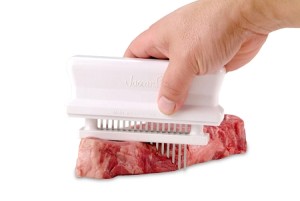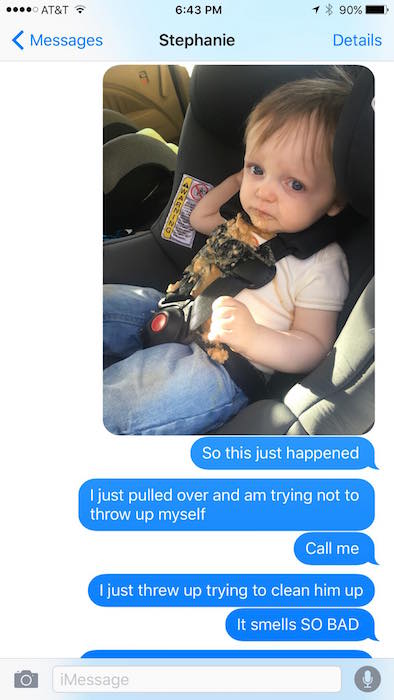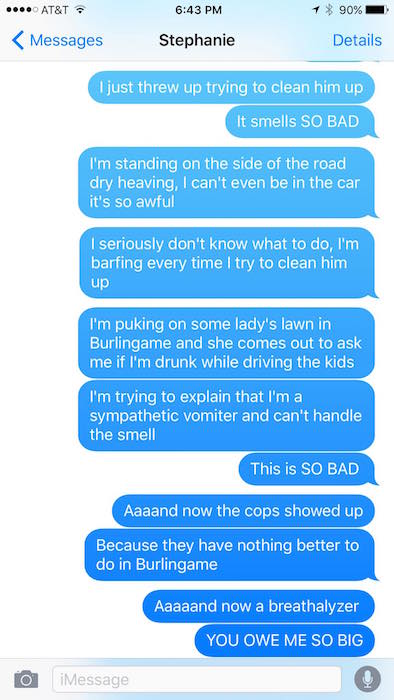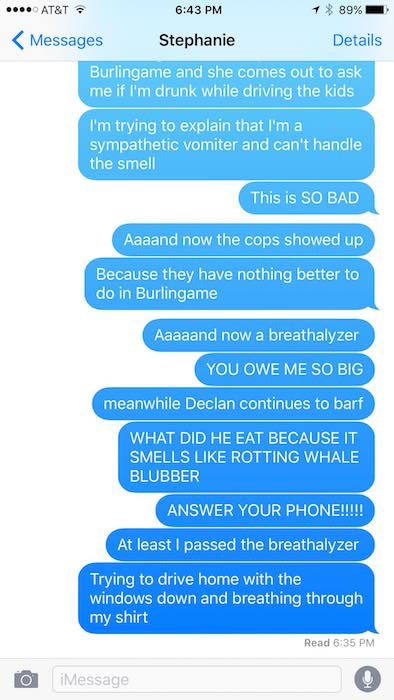Last week I was part of a panel with Aron Hall and Chip Manuel at the Food Safety Summit. For an hour and a half we talked burden, outbreaks, sanitizers, vomit and social media. The conclusion was there’s a bunch a noro in the U.S.; it sticks around for a long time in the environment; and, restaurants are a popular place for outbreaks. Like Carrabba’s Italian Grill in Delta Township, MI.
The department announced the findings Wednesday afternoon, but it was not clear how many people were sickened in the outbreak. The agency said in a news release and on its Facebook page that more than 100 people became ill after eating at the restaurant over two days in May. But Greg Cabose, the agency’s community services supervisor, disputes the number of people stricken. He declined to give a total Wednesday, but earlier this week pegged the figure who became ill at closer to 30.
All of the people who were sickened ate at the restaurant on May 7 or May 8, the department said. Carrabba’s voluntarily shut down on May 10 after a visit from Health Department officials. The restaurant was cleared to reopen May 12 and there have been no sickness complaints since.












![Oyster-Vancouver, B.C.- 07/05/07- Joe Fortes Oyster Specialist Oyster Bob Skinner samples a Fanny Bay oyster at the restuarant. Vancouver Coastal Health now requires restaurants to inform their patrons of the dangers of eating raw shellfish. (Richard Lam/Vancouver Sun) [PNG Merlin Archive]](https://barfblog.com/wp-content/uploads/2016/05/raw.oyster.jpg)